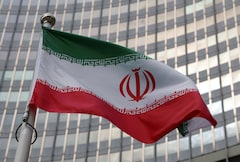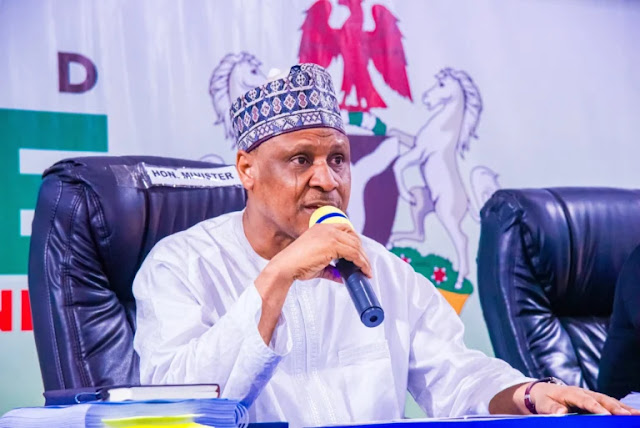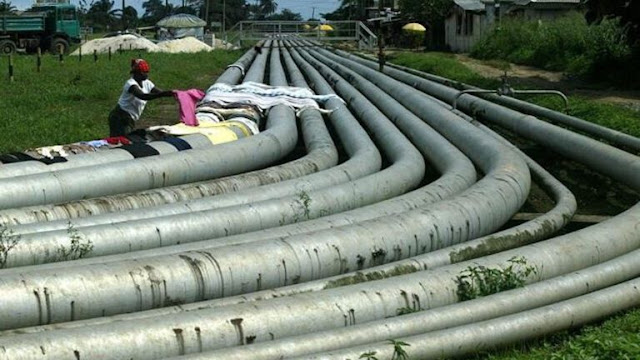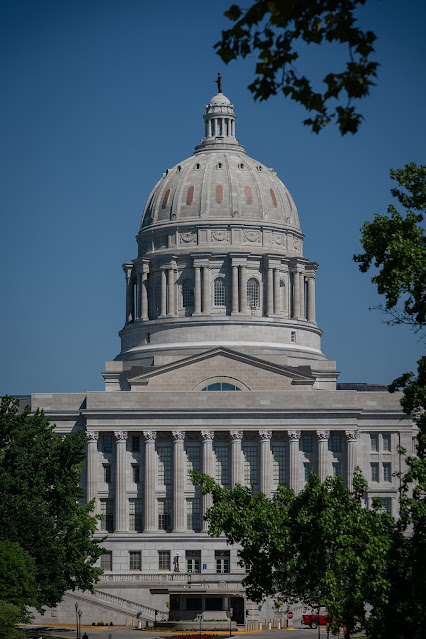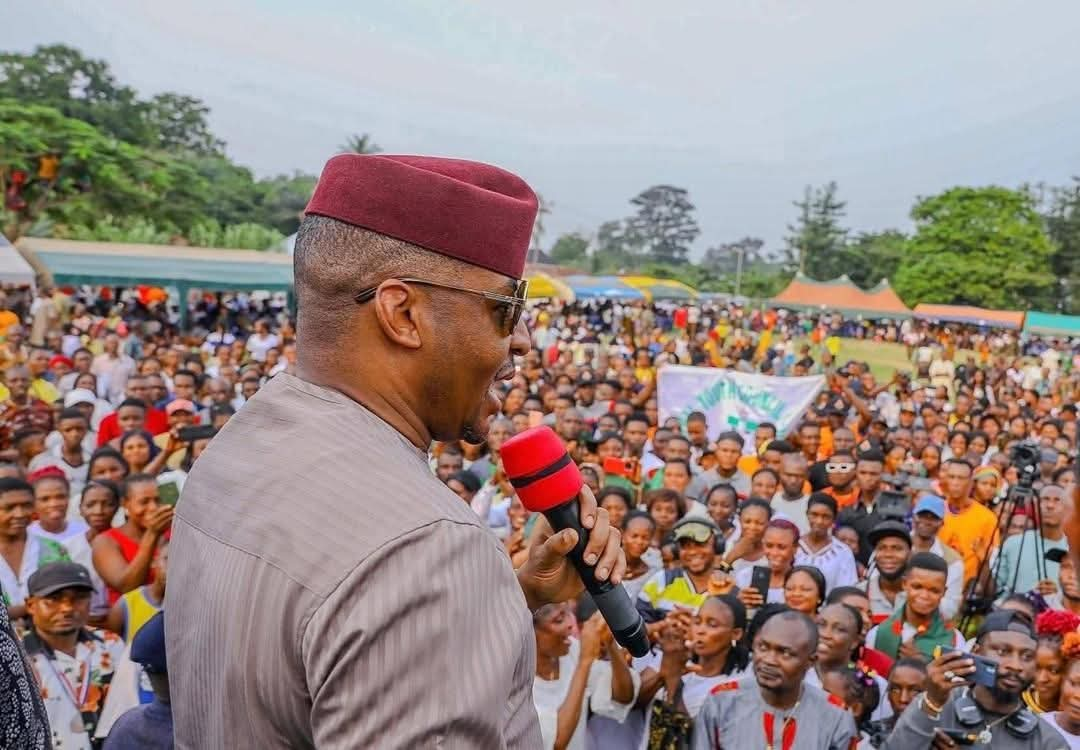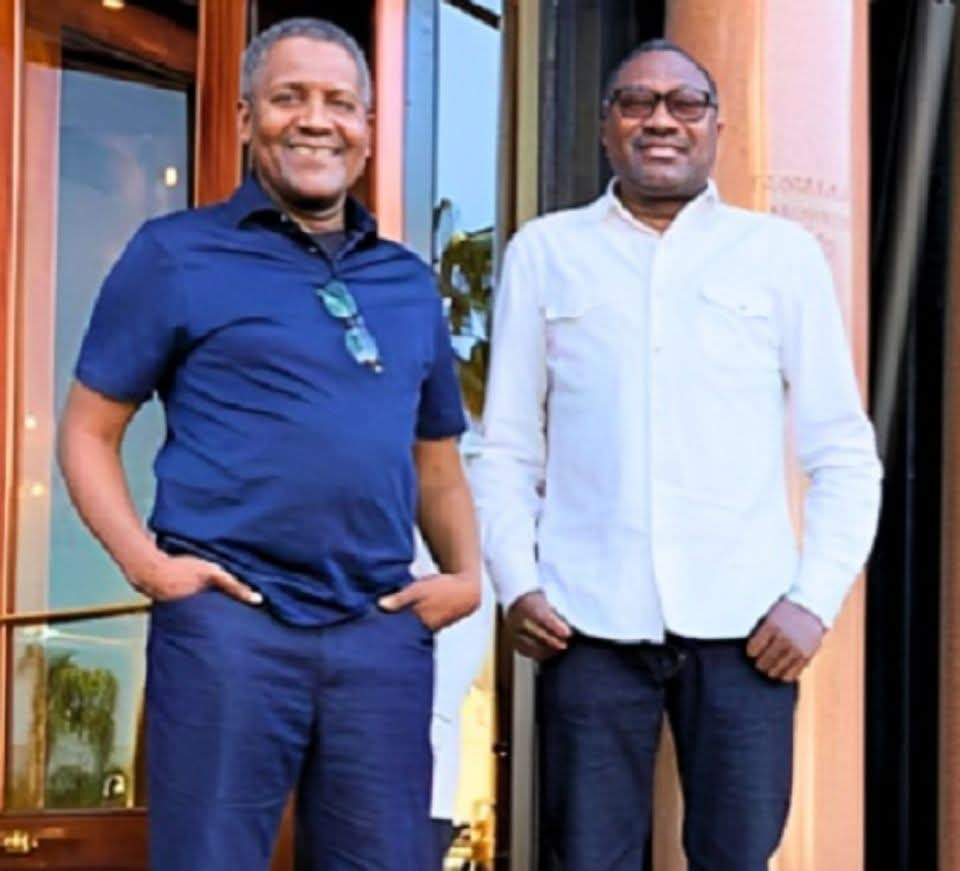In a significant development in international diplomacy, Iran and the International Atomic Energy Agency (IAEA) announced on September 9, 2025, a breakthrough agreement to resume nuclear inspections in the Islamic Republic. This accord marks a pivotal moment in the ongoing efforts to monitor Iran’s nuclear program, which has been a focal point of global concern for decades. The announcement comes after months of tense negotiations, stalled diplomatic efforts, and heightened geopolitical tensions in the Middle East. The agreement, which both parties described as a “mutually beneficial step,” aims to restore trust, enhance transparency, and pave the way for renewed discussions on Iran’s nuclear ambitions.
Background: Iran’s Nuclear Program and Global Concerns
Iran’s nuclear program has been a contentious issue on the global stage since the early 2000s, when concerns first emerged about the country’s potential to develop nuclear weapons. The Islamic Republic has consistently maintained that its nuclear activities are solely for peaceful purposes, such as energy production and medical research. However, the international community, led by Western powers, has expressed skepticism, citing Iran’s uranium enrichment activities and its history of non-compliance with international nuclear agreements.
The IAEA, the United Nations’ nuclear watchdog, plays a critical role in monitoring and verifying the peaceful nature of nuclear programs worldwide. Established in 1957, the IAEA is tasked with promoting the safe, secure, and peaceful use of nuclear energy while preventing the proliferation of nuclear weapons. Iran, as a signatory to the Treaty on the Non-Proliferation of Nuclear Weapons (NPT), is obligated to cooperate with the IAEA and allow inspections of its nuclear facilities. However, Iran’s relationship with the IAEA has been fraught with challenges, marked by periods of cooperation, obstruction, and outright confrontation.
The roots of the current agreement can be traced back to the 2015 Joint Comprehensive Plan of Action (JCPOA), commonly known as the Iran nuclear deal. The JCPOA was a landmark agreement between Iran and the P5+1 (the United States, United Kingdom, France, Russia, China, and Germany), which aimed to curb Iran’s nuclear activities in exchange for sanctions relief. Under the deal, Iran agreed to limit its uranium enrichment, reduce its stockpile of enriched uranium, and allow robust IAEA inspections to verify compliance. In return, the international community lifted economic sanctions that had crippled Iran’s economy.
However, the JCPOA faced significant challenges. In 2018, the United States, under then-President Donald Trump, unilaterally withdrew from the agreement, reimposing stringent sanctions on Iran. This move prompted Iran to gradually scale back its commitments under the deal, including restricting IAEA access to its nuclear facilities. By 2021, Iran had significantly increased its uranium enrichment levels, raising alarms about its proximity to weapons-grade material. The breakdown of the JCPOA and the subsequent escalation of tensions underscored the urgency of restoring cooperation between Iran and the IAEA.
The Road to the 2025 Agreement
The announcement of the new agreement follows a series of diplomatic engagements between Iran and the IAEA, facilitated by intermediaries and driven by a mutual recognition of the need to de-escalate tensions. The negotiations were not without hurdles. Iran’s leadership, under President Ebrahim Raisi, who took office in 2021, has taken a hardline stance on nuclear negotiations, emphasizing national sovereignty and demanding the lifting of sanctions as a prerequisite for cooperation. Meanwhile, the IAEA, led by Director General Rafael Grossi, has stressed the importance of transparency and accountability in ensuring that Iran’s nuclear program remains peaceful.
The breakthrough came after months of behind-the-scenes talks, with key meetings held in Vienna, the IAEA’s headquarters. According to sources familiar with the negotiations, both sides made significant concessions to reach a compromise. Iran agreed to allow IAEA inspectors to resume monitoring activities at key nuclear facilities, including the Natanz and Fordow enrichment sites, starting in early 2025. In return, the IAEA committed to a phased approach that respects Iran’s sovereignty while ensuring rigorous verification processes.
The agreement also addresses longstanding disputes over Iran’s compliance with IAEA safeguards. Safeguards are technical measures designed to verify that nuclear material is not diverted for military purposes. In recent years, the IAEA has raised concerns about unexplained traces of uranium found at undeclared sites in Iran, as well as Iran’s refusal to provide full access to surveillance data from its nuclear facilities. Under the new agreement, Iran has pledged to cooperate fully with the IAEA’s investigations into these issues, marking a significant step toward resolving outstanding questions.
Key Provisions of the Agreement
The agreement outlines several key provisions aimed at restoring confidence in Iran’s nuclear program and strengthening the IAEA’s oversight capabilities. These include:
Resumption of Inspections: Starting in January 2025, IAEA inspectors will regain access to Iran’s nuclear facilities, including enrichment plants, research reactors, and storage sites. The inspections will be conducted under the framework of the NPT and the Additional Protocol, a set of enhanced safeguards that Iran agreed to implement under the JCPOA.
Enhanced Monitoring: The agreement includes provisions for the installation of advanced surveillance equipment at Iran’s nuclear sites. This equipment will provide real-time data to the IAEA, ensuring continuous monitoring of Iran’s nuclear activities.
Resolution of Outstanding Issues: Iran has committed to addressing the IAEA’s concerns about undeclared nuclear activities, including the presence of uranium particles at unreported sites. A joint working group will be established to investigate these issues and provide a comprehensive report within six months.
Phased Implementation: The agreement adopts a phased approach, with initial inspections focusing on Iran’s most sensitive nuclear facilities. As trust is rebuilt, the scope of inspections will expand to include additional sites and activities.
Technical Cooperation: The IAEA will provide technical assistance to Iran to improve the safety and security of its nuclear facilities. This cooperation is intended to demonstrate the benefits of compliance and foster a positive working relationship between the two parties.
The agreement does not explicitly address the broader issue of sanctions relief, which remains a contentious point in negotiations with Western powers. However, Iranian officials have indicated that the resumption of inspections could pave the way for renewed talks on reviving the JCPOA or negotiating a new deal.
Geopolitical Implications
The agreement between Iran and the IAEA has far-reaching implications for regional and global security. The Middle East is a region marked by complex rivalries, with Iran’s nuclear program serving as a flashpoint for tensions between the Islamic Republic and its adversaries, particularly Israel and Saudi Arabia. Israel, which has long viewed Iran’s nuclear ambitions as an existential threat, has repeatedly called for a hardline approach, including the possibility of military action to prevent Iran from acquiring nuclear weapons. The resumption of IAEA inspections could help alleviate some of these concerns by providing greater transparency into Iran’s nuclear activities.
For the United States, the agreement represents both an opportunity and a challenge. The Biden administration, which has expressed a desire to return to the JCPOA, faces domestic political obstacles, including opposition from lawmakers who argue that Iran cannot be trusted to comply with international agreements. The successful implementation of the IAEA agreement could bolster the case for renewed diplomacy, but any missteps by Iran could further complicate efforts to reach a broader deal.
Europe, which has played a key role in mediating between Iran and the United States, welcomed the agreement as a positive step. The European Union, represented by its foreign policy chief, issued a statement praising the IAEA and Iran for their “constructive approach” and urging all parties to build on this momentum. Russia and China, both signatories to the original JCPOA, also expressed support for the agreement, emphasizing the importance of multilateral cooperation in addressing nuclear proliferation.
Challenges and Risks
While the agreement is a significant achievement, it is not without challenges. Iran’s domestic political landscape is complex, with hardline factions within the government and military expressing skepticism about cooperating with the IAEA. These factions argue that inspections infringe on Iran’s sovereignty and could be used by Western powers to gather intelligence for military purposes. Public opinion in Iran is also divided, with some citizens viewing the agreement as a necessary step to ease economic pressures, while others see it as a capitulation to foreign demands.
The IAEA, for its part, faces the challenge of ensuring that its inspections are thorough and effective without provoking a backlash from Iran. The agency’s credibility depends on its ability to maintain impartiality and avoid being drawn into geopolitical disputes. Director General Grossi has emphasized that the IAEA’s role is technical, not political, but navigating the delicate balance between oversight and diplomacy will be critical to the success of the agreement.
Another risk is the potential for external actors to undermine the agreement. Israel, which has a history of conducting covert operations against Iran’s nuclear program, could view the resumption of inspections as insufficient to address its security concerns. Similarly, hardline voices in the United States and other Western countries may push for additional pressure on Iran, potentially derailing the fragile progress made in Vienna.
Historical Context: A Long and Winding Road
To fully appreciate the significance of the 2025 agreement, it is essential to understand the historical context of Iran’s nuclear program and its interactions with the international community. Iran’s nuclear ambitions date back to the 1950s, when the United States, under the Atoms for Peace program, provided Iran with nuclear technology and expertise. At the time, Iran was a close ally of the West, and its nuclear program was seen as a legitimate pursuit of scientific advancement.
The 1979 Islamic Revolution fundamentally altered Iran’s relationship with the international community. The new government, led by Ayatollah Ruhollah Khomeini, adopted an anti-Western stance, leading to decades of mistrust and hostility. Iran’s nuclear program, which had been dormant for much of the 1980s, was revived in the 1990s, prompting concerns about its intentions. By the early 2000s, revelations about Iran’s covert enrichment activities led to heightened scrutiny from the IAEA and the imposition of international sanctions.
The period from 2003 to 2015 was marked by a series of diplomatic efforts to address Iran’s nuclear program. These efforts culminated in the JCPOA, which was hailed as a triumph of multilateral diplomacy. However, the agreement’s collapse in 2018 underscored the fragility of such deals in the face of shifting political dynamics. The subsequent years saw a cycle of escalation, with Iran increasing its nuclear activities and the United States tightening sanctions, bringing the two countries to the brink of conflict on multiple occasions.
The 2025 agreement represents a cautious step toward de-escalation, but it is not a panacea. The road ahead will require sustained diplomatic engagement, mutual trust-building, and a willingness to address the broader issues that have fueled tensions between Iran and the international community.
The Role of the IAEA in Global Non-Proliferation
The IAEA’s role in the agreement highlights its importance as a cornerstone of the global non-proliferation regime. The agency, which operates under the auspices of the United Nations, has a mandate to promote the peaceful use of nuclear energy while preventing the spread of nuclear weapons. Its work involves a delicate balance of technical expertise, diplomatic finesse, and political neutrality.
In the case of Iran, the IAEA has faced unique challenges due to the country’s complex political system and its history of non-compliance. The agency’s ability to negotiate the 2025 agreement demonstrates its capacity to adapt to difficult circumstances and find common ground with member states. However, the IAEA’s success will ultimately depend on its ability to maintain the confidence of all parties involved, including Iran, the United States, and other key stakeholders.
Looking Ahead: Opportunities for Diplomacy
The agreement between Iran and the IAEA opens the door to renewed diplomatic efforts to address the broader issues surrounding Iran’s nuclear program. While the agreement itself is focused on inspections and monitoring, it could serve as a foundation for negotiations on a revised JCPOA or a new framework for managing Iran’s nuclear activities. Such negotiations would need to address not only technical issues but also the geopolitical and economic factors that have shaped the current impasse.
For Iran, the agreement offers an opportunity to demonstrate its commitment to a peaceful nuclear program and to secure relief from crippling sanctions. For the international community, it provides a chance to reduce the risk of nuclear proliferation and stabilize the volatile Middle East. However, achieving these goals will require sustained effort, compromise, and a willingness to overcome the mistrust that has defined Iran’s relations with the West for decades.
Conclusion
The announcement of the agreement between Iran and the IAEA on September 9, 2025, marks a significant milestone in the ongoing saga of Iran’s nuclear program. By restoring IAEA inspections, the agreement represents a step toward greater transparency and accountability, offering hope for a more stable and secure future. However, the path forward is fraught with challenges, and the success of the agreement will depend on the willingness of all parties to uphold their commitments and engage in good-faith diplomacy.
As the world watches, the implementation of the agreement will be closely scrutinized, with implications for regional security, global non-proliferation efforts, and the broader dynamics of international relations. For now, the agreement stands as a testament to the power of dialogue and cooperation in addressing even the most intractable issues.


